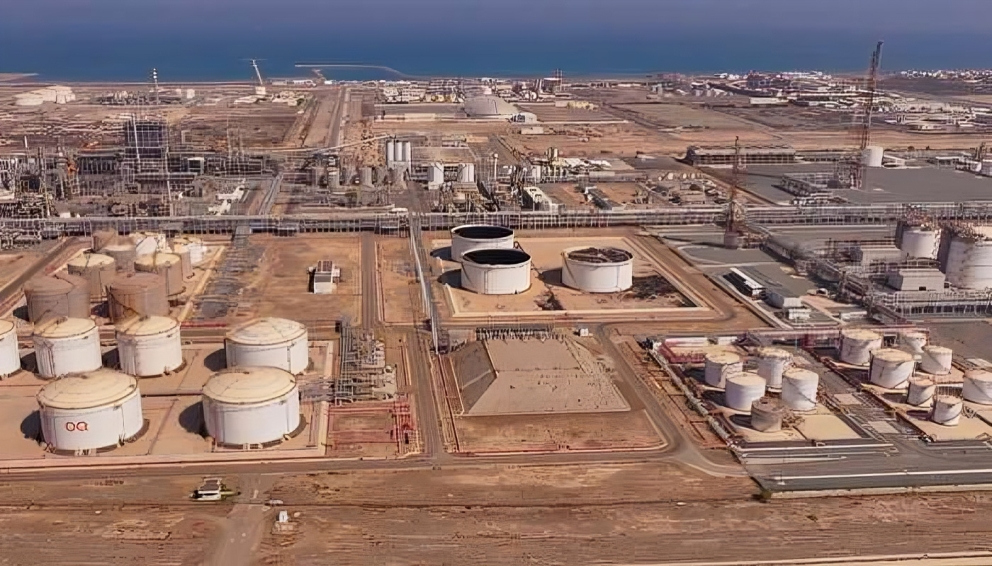MUSCAT: Oman recorded a trade surplus of RO 7.517 billion by the end of December 2024, marking a significant milestone in the country’s economic performance. This surplus was primarily driven by robust export growth, particularly in the oil and gas sector, which remains the backbone of Oman’s economy. Despite the increase in imports, the country’s overall trade balance remained strong, demonstrating the resilience and competitiveness of its export industries. The government’s efforts to diversify its economic base and enhance non-oil exports have also contributed to sustaining this positive trade balance.
The country’s total exports saw substantial growth, with crude oil, liquefied natural gas (LNG), and petrochemicals leading the way. Higher global energy prices throughout the year played a crucial role in boosting export revenues, further solidifying Oman’s position as a key energy supplier in international markets. In addition, non-oil exports, including minerals, fertilizers, and manufactured goods, experienced a steady rise, reflecting the government’s initiatives to strengthen industrial output and enhance trade partnerships. The expansion of free trade agreements and the establishment of new export markets have supported this upward trajectory.
On the import side, Oman witnessed an increase in demand for machinery, transport equipment, and consumer goods, which was largely driven by infrastructure projects and economic growth. The rise in imports was also fueled by the government’s continued investment in large-scale development projects, including renewable energy, logistics, and industrial zones. While higher imports could have potentially impacted the trade balance, the consistent growth in exports ensured that the surplus remained at a healthy level. This trade surplus underscores Oman’s ability to balance growing domestic demand with the strength of its external trade.
Looking ahead, Oman’s trade outlook remains positive, supported by ongoing economic reforms, foreign direct investment, and strategic diversification efforts. The government’s Vision 2040 framework aims to further reduce reliance on hydrocarbons and develop key non-oil sectors, such as tourism, manufacturing, and technology. Strengthening trade relations with regional and global partners will be crucial in sustaining export growth, while continued investments in infrastructure and innovation will enhance Oman’s position in the global market. The country’s ability to navigate economic challenges while maintaining a strong trade balance highlights its resilience and long-term economic potential.



